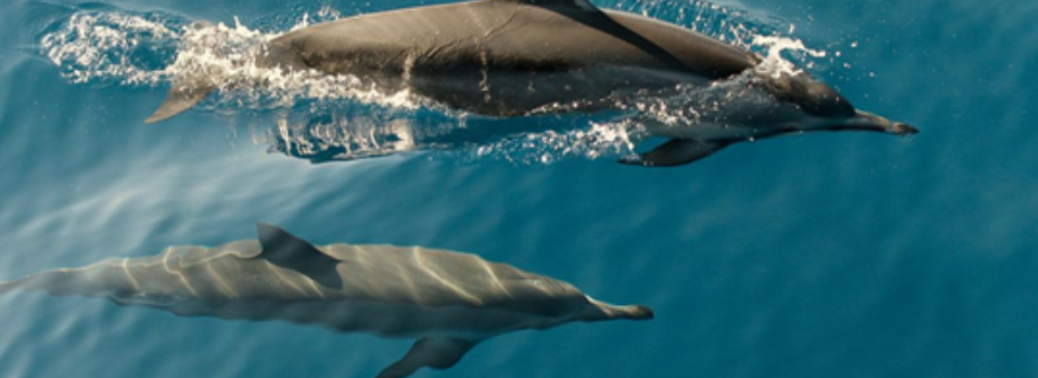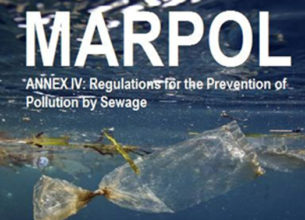KEEPING ASIA-PACIFIC AFLOAT
16, May 2020

Prelims level : Environment
Mains level : GS-III Environment, Ecology & Disaster Management
Why in News?
- The marine environment in the Asia Pacific region is getting strained, Jeopardising lives and Livelihoods.
Highlights:
- Before 1972, humans around the word spewed trash, sewage sludge, and chemical, industrial, and radioactive wastes into the ocean with impunity. Millions of tons of heavy metals and chemical contaminants, along with thousands of containers of radioactive waste, were purposely thrown into the ocean.
- Strains on the marine environment are threatening to drown progress and our way of life.
- Asia and the Pacific produces nearly half of global plastic by volume, of which it consumes 38%.In less than a century, climate change and unsustainable resource management have degraded ecosystems and diminished biodiversity.
- Levels of overfishing have exponentially increased, leaving fish stocks and food systems vulnerable.
- Marine plastic pollution coursing through the region’s rivers has contributed to most of the debris flooding the ocean.
Obstacles in addressing marine pollution:
- Lack of Data: Despite a seascape celebrated in our collective imaginations, research shows that our picture of the ocean is remarkably shallow.
- Insights from ‘Changing Sails: Accelerating Regional Actions for Sustainable Oceans in Asia and the Pacific’, the theme study of this year’s Economic and Social Commission for Asia and the Pacific (ESCAP), reveal that without data environment management is swimming in the dark.
- Data are available for only two out of ten targets for the Sustainable Development Goal 14, ‘Life Below Water’.
- Due to limitations in methodology and national statistical systems, information gaps have persisted at uneven levels across countries.
- Plastics represent a double burden for the ocean: their production generates CO2 absorbed by the ocean, and as a final product enters the ocean as pollution. Beating this challenge will hinge upon effective national policies and re-thinking production cycles.
Implications:
- Environmental decline is also affecting fish stocks: Asia-Pacific region’s position as the world’s largest producer of fish has come at the cost of over-exploitation. The percentage of stocks fished at unsustainable levels has increased threefold from 10% in 1974 to 33% in 2015.
- Many of these pollutants sink to the ocean’s depths or float far distances from their original source, where they are consumed by small marine organisms and introduced into the global food chain.
- Marine pollution encompasses many types of pollution that disrupt the marine ecosystem, including chemical, light, noise, and plastic pollution.
- Excess nutrients trigger massive blooms of algae that rob the water of oxygen, leaving dead zones where few marine organisms can live.
Way Ahead:
- Generating complete data on fish stocks, fighting illicit fishing activity and conserving marine areas must remain a priority.
- Closing the maritime connectivity gap must be placed at the centre of regional transport cooperation efforts.
- Enforcing sustainable shipping policies is essential: Work with the shipping community to navigate toward green shipping.
- Work with countries to harmonise ocean data and provide a space for regular dialogue: Trans-boundary ocean management and linking ocean data call for close cooperation among countries in the region.
- Harnessing ocean statistics through strong national statistical systems will serve as a compass guiding countries to monitor trends, devise timely responses and clear blind spots.
- Translating international agreements and standards into national action is also key. We must fully equip countries and all ocean custodians to localise global agreements into tangible results.
- The COVID-19 pandemic has temporarily reduced pollution, this should not be a moment of reprieve. Rather, recovery efforts need to build a new reality, embedded in sustainability.
- United Nations Economic and Social Commission for Asia and the Pacific (UNESCAP):
- Established in 1947 and headquartered at Bangkok, Thailand, ESCAP is the regional development arm of the United Nations for the Asia-Pacific region.
- Objective:ESCAP works to overcome some of the region’s greatest challenges by providing results-oriented projects, technical assistance and capacity building to member States.
- It has 53 Member States and 9 Associate Members from Asia-Pacific Region including India.








